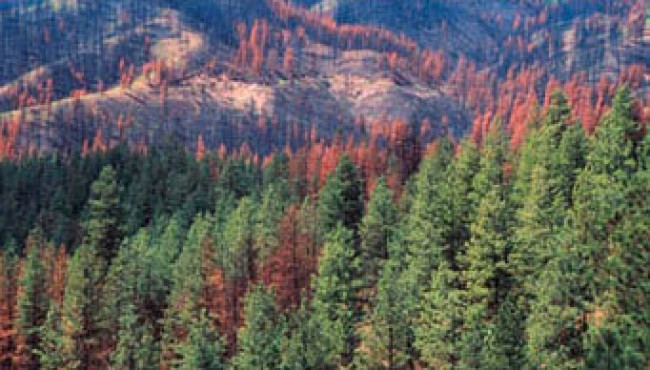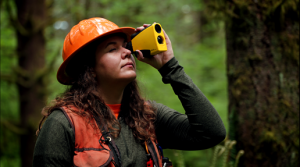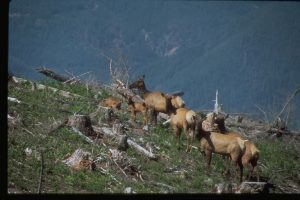
Forests play a critical role in our ecosystem, economy and quality of life. However, the misguided notion that the best way to preserving forests is leaving forestlands untouched is not only outdated but also potentially harmful.
Actively managing forests to reduce wildfire severity is a long-held indigenous practice that has gained renewed support among individuals and organizations representing diverse interests, including scientific researchers, conservationists, local communities, foresters, public land users, and federal, state and local agencies.
There’s a misconception that leaving forests untouched is equivalent to protecting them. But that is furthest from the truth. A new online resource aims to address these concerns by providing facts and data on why and how forest management leads to healthier, resilient forests.

Active forest management improves wildlife habitat, increases forest resiliency, reduces the threat of catastrophic wildfire, and controls disease, pests, and invasive species.
There’s a difference between leaving forests unmanaged and protecting natural ecosystems. The hands-off approach fails to recognize that overcrowding trees compromises forest health by aiding in the spread of disease and insect infestations and ignores the fact that untouched forests lead to an accumulation of dangerous forest fuel loads. These factors have created unhealthy forests that are more susceptible to devastating wildfires that release tons of harmful CO2 gas and particulate matter into our atmosphere – often negating decades of carbon sequestration. As temperatures rise and conditions become drier, the risk of severe fires increases, posing a significant threat to both the environment, surrounding communities and our air and water quality.
This is why active forest management – which involves various practices like thinning, controlled burns, and sustainable harvests – preserves the health and integrity of forests by promoting their long-term health and resiliency. These practices are guided by scientific research and aim to reduce the buildup of flammable materials, improve forest health, and support wildlife. With active forest management, forests experience:
- Reduced wildfire frequency and severity: Thinning and controlled burns help decrease the fuel that feed forest fires, making them less intense and easier to control.
- Improved biodiversity: Managed forestlands provide a mosaic of ecosystems and a diverse range of habitats that support various plant and animal species.
- Economic development and societal benefits: Sustainable harvests and other forest-related activities provide jobs and contribute to local economies. The renewable wood products harvested are an essential renewable and carbon-friendly resource for society.
- Enhanced recreation spaces and quality of life: Well-managed forests offer better opportunities for outdoor recreational activities like hiking, hunting, camping and wildlife viewing.

Elk thrive in big open spaces made possible by timber harvests.
Active forest management is grounded in sound science. By studying forest ecosystems, scientists can develop practices that balance ecological health with economic and social benefits. This approach ensures that our forests remain resilient in the face of changing environmental conditions.
As we navigate the challenges of climate change, it is crucial that we adopt a proactive approach to forest management. The past decade has demonstrated that leaving forests untouched, uncared for, and unmanaged is an antiquated tactic that has not only been proven ineffective, but is soundly rejected by forestry experts and land stewards. Active forest management and forest practices based on good science are a wise use of land resources. It’s time to let go of failed policies and acknowledge there’s wisdom in active forest management to ensure that our forests remain healthy and productive for generations to come.
Click here to add your name to the growing list of Washingtonians who care about forest health and support active forest management to reduce wildfires and store carbon.